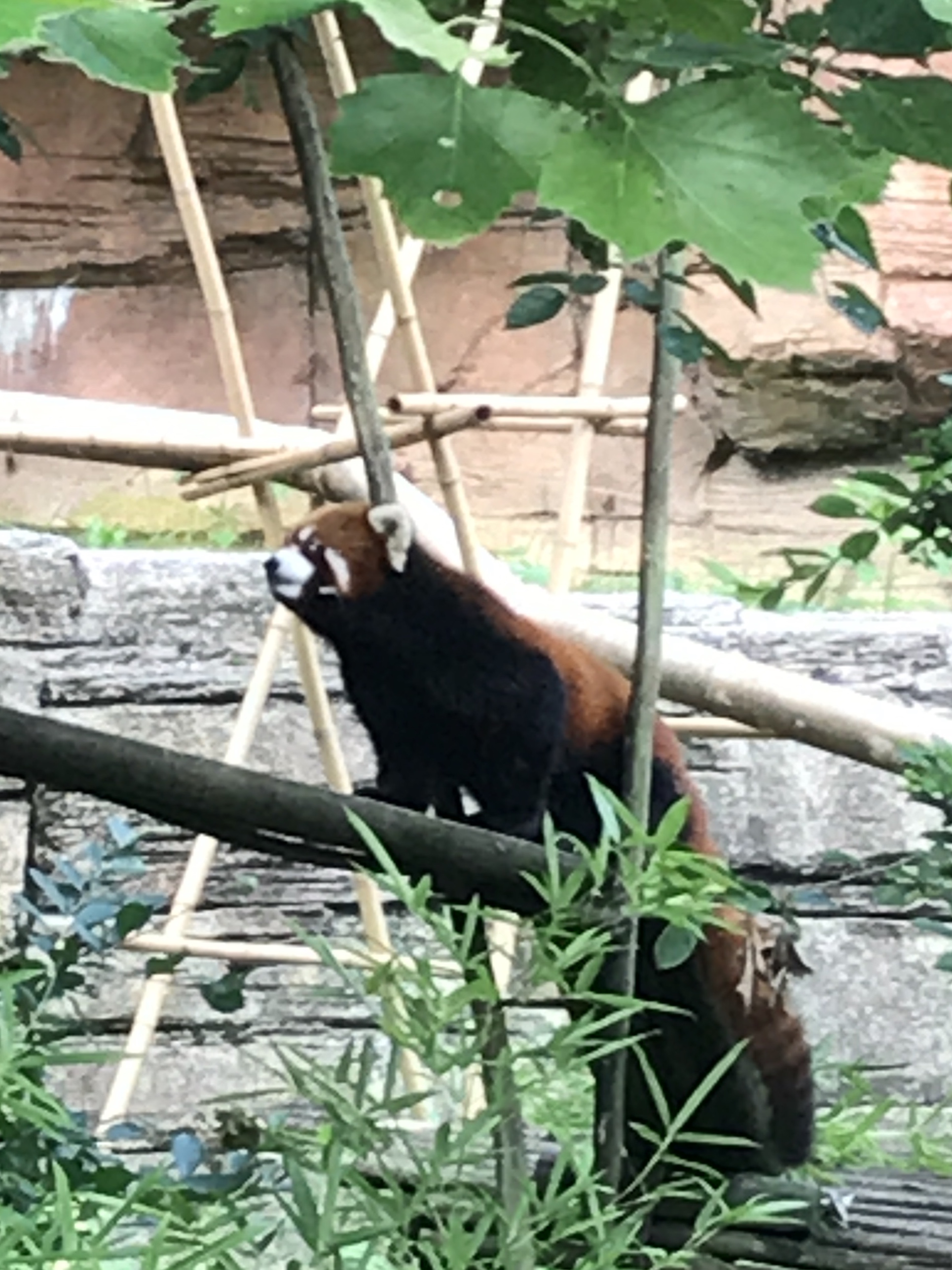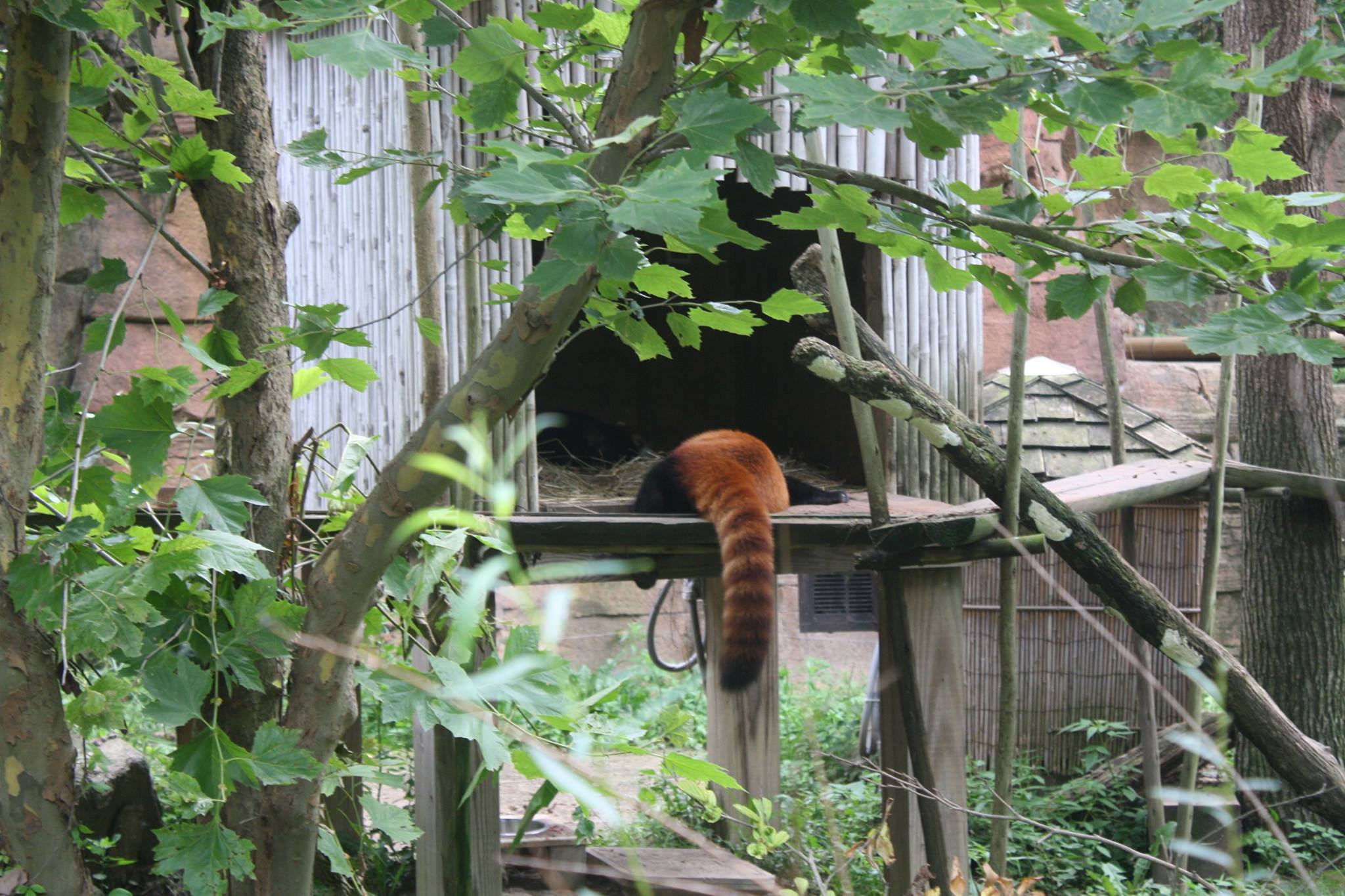Professional
My main interest in astronomy has been the study of binary stars and multiple stellar systems. I went to The Ohio State University for my undergraduate studies. There, I worked on two projects, one on the IceCube detector with Dr. Carsten Rott, and the other examining sdB+dM binaries with Dr. Don Terndrup.
After graduating from Ohio State in Spring 2015, I joined the graduate program at Georgia State University in the Fall of 2015. My research has focused on the identification of wide (visual) binary stars in large catalogs using Bayesian analysis with Dr. Sebastien Lepine at Georgia State. My work first focused on the SUPERBLINK high proper motion catalog but then turned to Gaia DR2 as soon as that became available. The result of this work is a catalog of roughly 99,000 wide binaries that have a high probability of being gravitationally bound pairs.
Starting in 2018, I have been working with Dr. Gerard van Belle at Lowell Observatory as a predoctoral fellow to observe the wide pairs I have identified with speckle imaging. The goal is to find unresolved companions in these systems and determine how many triples, quadruples, etc. there are and allow us to constrain the possible formation scenarios for these wide binaries. This work has since expanded to an analysis of TESS and Kepler light curves to find eclipsing binaries and fast rotators. The result of this work was our discovery of a relation in the overluminosity of wide binary components to find unresolved companions in K+K wide binaries (the Lobster Diagram) and is the subject of my 2022 paper.
In July 2021, I joined Gemini Observatory as a science fellow. This position is a 50% Research/ 50% functional position. In addition to continuing my previous work, I also joined a team working to survey of all the nearby Galactic halo stars using `Alopeke and Zorro on the Gemini telescopes. Currently, the multiplicity fraction of the Galactic halo population is largely unknown with results varying between 10%-40%. This survey seeks to provide a more precise answer.
My functional work included being a part of the `Alopeke, Zorro, GNIRS, NIRI and fast-turnaround teams and I am phase II suport for some accepted Gemini proposals. Additionally, I have become involved in user engagement at Gemini. Please contact me if you have any questions about Gemini or need help with applying for or reducing Gemini data!
In September 2024, I started a NASA Postdoctoral Fellowship at NASA Ames working with Steve Howell. My project is geared towards characterizing potential exoplanet space mission targets for any binary companions using speckle imaging. In particular, I am working towards speckling a large number of potential targets for the Habitable Worlds Observatory.
Personal
I am an avid gamer, whether that means board games, video games or Dungeons & Dragons.
Also, red pandas are the best.


